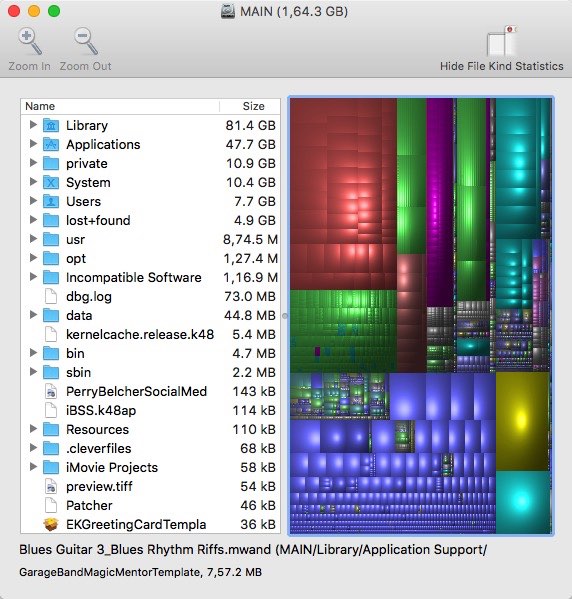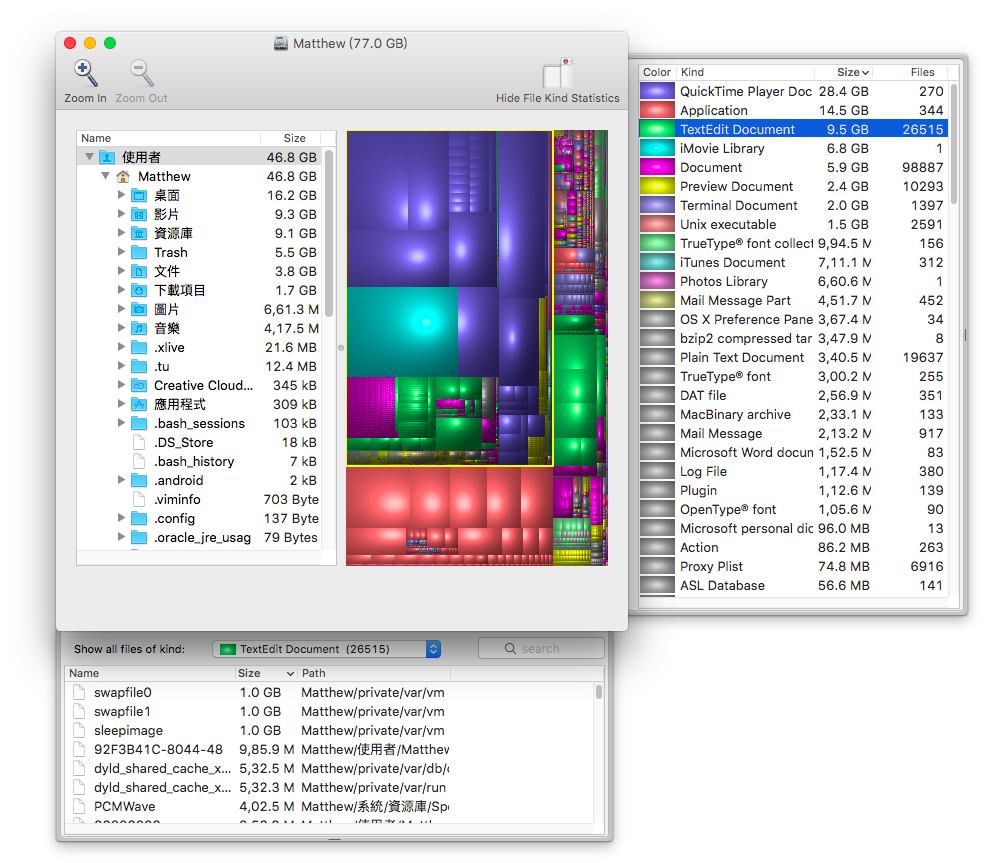
We only include products that have been independently selected by Input's editorial team. One way to determine what is taking up space on your Mac is to use Apple menu > About this Mac > Storage tab. Input may receive a portion of sales if you purchase a product through a link in this article. I tried out a bunch of options to get the job done - read on for my favorites. Or, to really be safe, only delete files you know you don’t need.)

(If you’re not sure whether or not it’s okay to delete some unknown file, we’d recommend Googling it to see what it’s used for. Disk Inventory X has been around on the Mac for quite some time, it is an oldie but goodie. Here’s the best thing you can do: Download an app to visualize your disk space, find which files are eating up your drive, then work on deleting them. The Storage Management pane is at best an overview of the massive clutter that’s collected in your Mac. Here’s how it’s done: Step 1: Open the Apple menu and select the option ‘About this Mac.’. You can save space by optimizing storage, the notification tells you, along with the choice of either closing the notification (temporary bliss) or “managing” your space (eternally frustrating). In recent Mac versions, you can check the storage via the About this option. If you've ever wondered were all your disk space has gone, Disk Inventory X will help you to answer this question. It shows the sizes of files and folders in a special graphical way called 'treemaps'.

#DISK INVENTORY X FOR MAC FOR MAC OS#
When the dreaded notification pops up in the upper right of your Mac screen, it can feel maddening: Your disk is almost full. Disk Inventory X is a disk usage utility for Mac OS X.


 0 kommentar(er)
0 kommentar(er)
